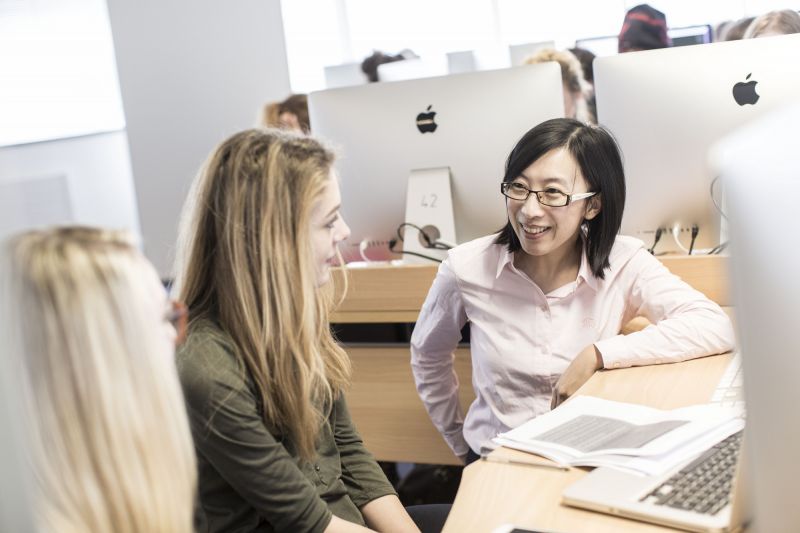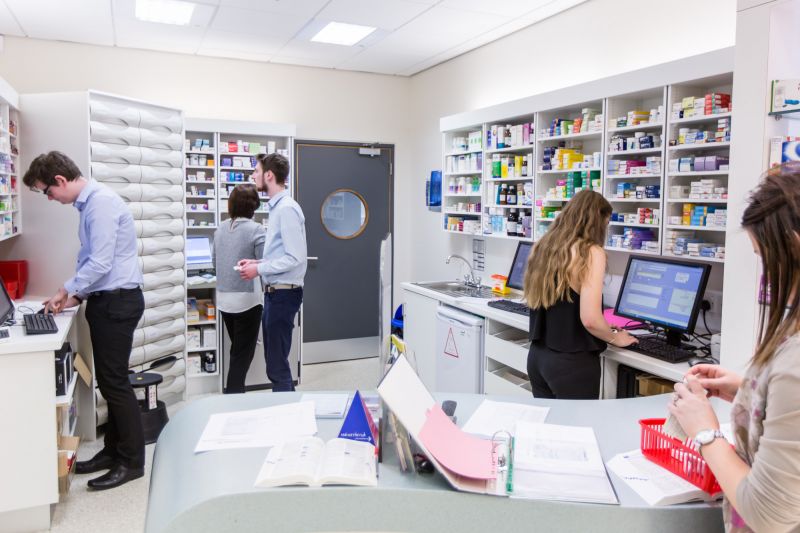Page content
Feedback for Learner Agency
Pillar Content

Learners are provided with diverse, clear and personal feedback that fosters their growth and independence but also feedforward where learners take ownership of their learning.
Preparing for Feedback
- Provide clear course navigation, clear expectations and time estimates for when learners can expect to receive feedback on their work and what they are expected to do with it; making explicit connections to prior learning which should include check-ins throughout the term to have open dialogue around challenges and issues learners face.
- Provide accessible and clear explanations of feedback processes and information about who is responsible for these processes.
- Make learners aware of different strategies, actions and changes that are required to support their learning i.e. avoid colloquialisms, acronyms and nuanced language but instead be explicit as to what the learner needs to know to improve.
- Build in opportunities for self-regulation and self-directed learning so learners can manage and enhance learner progression.
- Include formative assessments where some completed work that does not require a grade so learners can focus on a deeper engagement with the feedback provided i.e. feedforward by highlighting actionable ways of future areas of focus to improve and to build a deeper awareness.
Giving Feedback
- Ensure across a programme there is a discussion around consistency e.g. tone of language, areas how to improve, agreed range of feedback word count, colour coding, or comments provided.
- Adhere to all relevant ethical standards and procedures when processing learner feedback and communicating outcomes to learners.
- Provide a clear, consistent and compassionate response and guidance when a learner has not passed or sufficiently completed an assessed piece of work, outlining next steps and supports available.
- Ensure when using digital tools, to assist with feedback processes, that they are accessible to all and conform to GDPR, and that standardised feedback also has a personalised individual element.
- Give learners their choice of feedback method where possible (e.g., writing, by creating a video, audio file, ePortfolio or responding with comments within the submission or to discussion posts or creating digital sketch-notes etc.).
Returning Feedback
- Process feedback within agreed timeframes and share outcomes emerging from this activity at a time which will benefit learners.
- Encourage respectful and open-ended dialogue between staff and learners to ensure feedback cycles are dynamic and inclusive.
- Include learner scaffolding to support self and peer review feedback practices around using positive language and critical reflection e.g. promoting self-awareness byasking learners to recap the main points orwrite up an action plan based on the feedback.
- Provide opportunities to discuss feedback both formally in class and live sessions for generic feedback, as well as informally.
- Ensure achievements emerging from actions taken because of learner feedback are shared and discussed with learners.
- Review and evaluate learner feedback with a view to supporting continuous improvement.
Case Study
We are currently working on a case study for this pillar, come back soon or submit your own one!

















